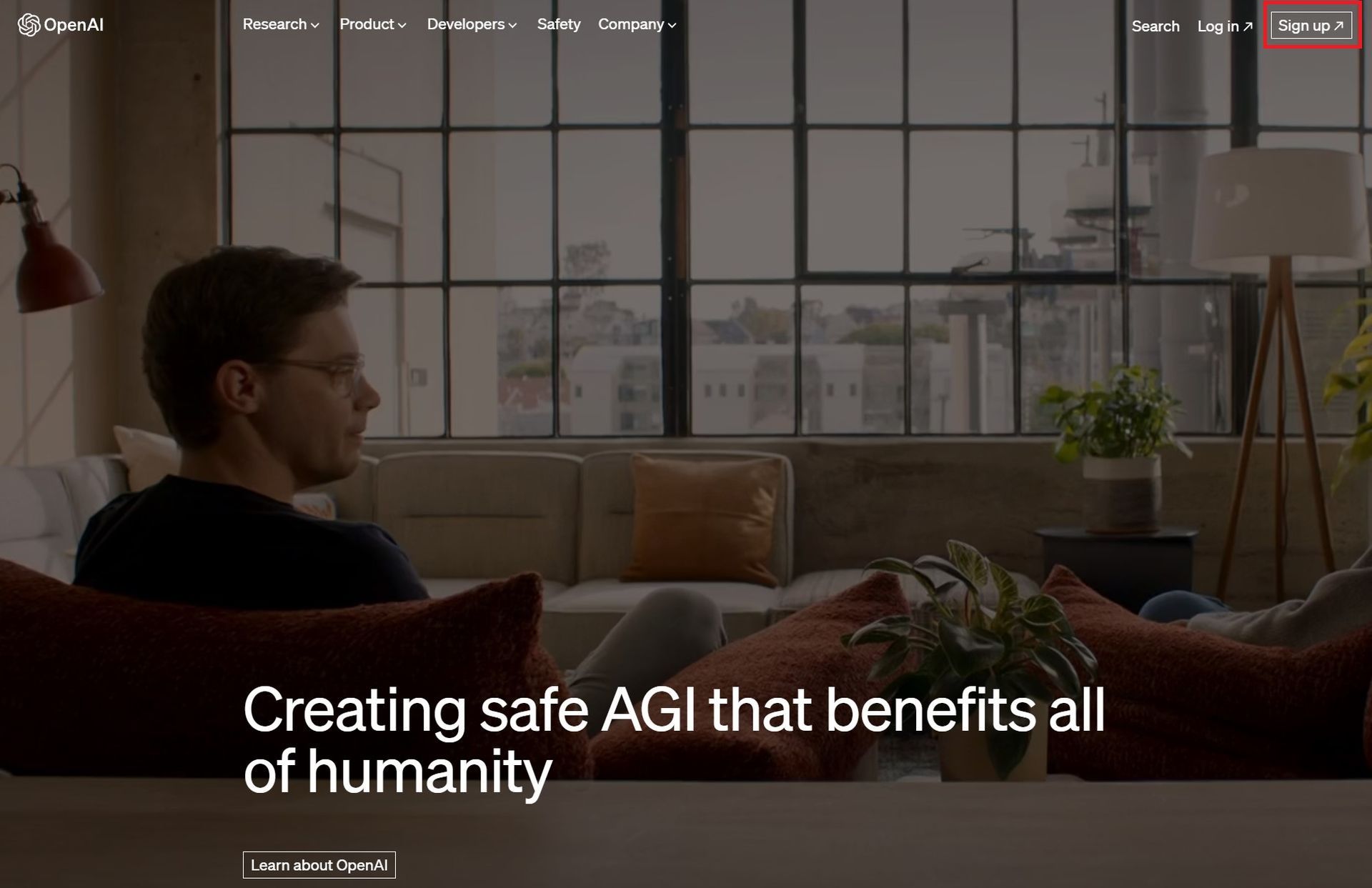Playground AI can be a really important helping hand in your copywriting projects. The internet is filled with fun artificial intelligence tools, and the research lab OpenAI is behind a lot of them. OpenAI is responsible for everything from DALL-E, the AI tool that can produce detailed art with a simple prompt, to ChatGPT, the AI bot that can answer questions, have conversations, and even write basic code for developers.
The technology has made such big waves that companies like Amazon and the Chinese tech firm Baidu are hoping to pump out their own versions of AI chatbots, and Google’s leadership declared a “code red” over the technology as its employees were lured into OpenAI’s ranks.
If you’ve never heard of any of these, or if you’ve been hoping to try them out but haven’t had the chance, you can try out another AI tool right now to get a sense of what they can do: OpenAI Playground.
What is Playground AI?
OpenAI’s Playground AI, also known as gpt-3.5-turbo, is an intelligent predictive language tool. Essentially, it features AI models that are meticulously trained to generate or respond to any user input in the most genuine, human-like manner. Although bots of this nature have been in existence for years (think Cleverbot), Playground AI offers a unique opportunity to experience some of the finest tools from OpenAI’s repertoire.
Playground AI equips you with several templates to ignite your creativity. You could choose ‘Chat’ to engage in a dialogue with the bot or ‘Q&A’ to establish a question-answer session. However, users often derive the most enjoyment from simply prompting it to pen stories or conceive concepts for innovative television shows.

The AI tool also offers modes that permit you to input pre-written text and have the AI either inject new content or edit it. You have the flexibility to tweak its “temperature” (which determines the logical coherence of its responses), its “frequency” (which controls its repetitiveness), among other parameters.
While Playground AI is predominantly free, it comes with a usage time limit
Upon setting up your OpenAI account, you are granted an initial credit of $18. Under the costliest model, this allows the AI to generate approximately 650,000 words for you.
However, these complimentary credits will eventually expire after about four months. Once you reach this temporal threshold or if you deplete all your credits before then, you’ll be required to make a purchase for additional usage.
How to use Playground AI?
Before you immerse yourself in the Playground AI experience, you’ll need to establish an OpenAI account. This process can be accomplished on a computer or a mobile device. Here’s how:
- Navigate to the OpenAI’s API webpage and click on ‘Sign Up’ located at the top right corner. You have the option to log in using your existing Google or Microsoft account, or register with a distinct email address. If you opt for the latter, a verification code will be dispatched to your chosen email.

- The next step requires you to enter your name and, if applicable, your organization. Additionally, you’ll need to verify your phone number.
- When prompted with the question ‘How will you primarily use OpenAI?’, select the response that reads ‘I’m exploring personal use.’
- After a brief interval, you’ll be directed to your OpenAI account’s home page. Click on ‘Playground’ at the upper part of the screen to access the Playground AI tool. You can also use this direct link.
- You’ve now got access to the Playground.
- Upon launching Playground AI, you’ll be greeted by a blank text box. Feel free to type in any query, statement, or idea that comes to mind, then click ‘Submit’ at the base of the box. After a few moments, the AI will generate a response, which will be highlighted in green.
You’re at liberty to experiment extensively and creatively with the AI, using any prompt that sparks your interest. Some unique prompt examples could be:
- Imagine you’re an alien. Describe Earth to your fellow extraterrestrials.
- Compose a limerick about a curious cat.
- Provide a set of essential terms for a beginner’s guide to quantum physics.
- Generate a random list of seven planets from different galaxies.
- What are the key differences between archaeology and anthropology?
Helpful hint: If you’re impressed with the output from Playground AI and crave a continuation, simply add a line break after the AI’s response, then hit ‘Submit’ again. Playground AI will strive to extend the narrative or information it previously provided.
- For instance we’ve tried the following prompt “Imagine you’re an alien. Describe Earth to your fellow extraterrestrials.” The result can be seen below:

Even if you find yourself grappling with idea generation, Playground AI comes to the rescue with a ‘Load a preset’ option located in the upper-right corner. This feature provides a variety of ready-to-use prompts to help get your creative juices flowing.
However, it’s important to understand that the AI may sometimes dodge definitive answers or certain prompts. This is especially the case with opinion-based queries like, “Which is superior, apple or pear?”
Which Playground AI version is suitable for you?
To the right of the dialogue box, Playground AI offers customizable settings, including options to select the AI model you wish to engage with. OpenAI provides four primary language models – Ada, Babbage, Curie, and Davinci. Ada is celebrated for its speed, while Davinci is noted for generating the most intricate responses.
For those with prior AI experience, OpenAI also offers ‘fine-tuned’ versions of these models at a slightly higher cost, allowing you to utilize your own training data. However, it’s unlikely you’ll need to use these during your complimentary credit period.
The default model, gpt-3.5-turbo, is the most sophisticated option. The remaining models, though not as advanced, are cost-effective as they consume fewer credits when generating text.
Best AI essay writers to get you the success you always want
Understanding the settings
In addition to the basic customizations, Playground AI provides a variety of ways to alter the AI’s responses. This includes three Mode options:
- Complete: This default mode prompts the AI to continue the conversation from where your input ends.
- Insert: This mode employs the [insert] tag to populate a blank space of your choice.
- Edit: Instead of generating completely new content, this mode revises existing content according to your specifications – for instance, “Rewrite this in a pirate voice” or “Remove ‘like’ and other filler words.”

Furthermore, Playground AI offers more technically complex adjustments, the effects of which may not be immediately obvious. These features are prevalent across OpenAI’s tools, so understanding them in the context of Playground AI will undoubtedly be beneficial as similar AI tools gain popularity. These settings include:
- Maximum length: Determines the maximum length of the AI’s response.
- Temperature: Adjusts the ‘randomness’ of the response.
- Show Probabilities: Highlights certain words to display how the AI is evaluating and selecting them, based on their likelihood.
- Frequency/Presence penalty: Modifies the AI’s propensity to repeat words or revisit the same topics repeatedly.
Once you’ve tailored the settings to your satisfaction, hit the ‘Save’ button located in the upper right of the page to retain it as a preset for future creative experiments or projects.
Featured image credit: Kerem Gülen/Midjourney





